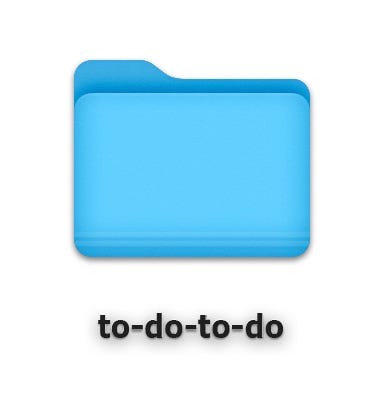For this month’s edition of Special Presentation Art Mail, Matthis Grunsky and M.E. Sparks revisit the to-do list as a site of ideation. List-making is a way to organize, plan and record, but it can also function as a form of storytelling told through metrical summaries of our day-to-day lives.
Over the course of the pandemic, lists have provided a sense of structure during periods of slowness and isolation. In the absence of social dates and deadlines, list-making becomes less about increasing productivity and solidifying goals. Rather, in its less-solid, less-productive form, the to-do list allows for us to wonder, observe, and reflect on things that may always remain incomplete.
In To-Do-To-Do Grunsky and Sparks have created lists of lists that organize and dis-organize. Through a nested directory of hand-coded websites, they invite participants to contribute to a collective to-do list with no set aim or deadline, visualize the distances between planets, and draw the forms of one-hundred popcorn kernels. They have reimagined the mental lists we compose while trying to fall asleep, and have brought together a wide array of generously gifted lists from anonymous list-writers. Through this, they question if these bullet-point narratives may begin to reveal shared priorities, imaginings and purpose.
*Click the folder to open the project website.The site should work normally on any mobile or desktop browser, however it is optimized for landscape (not portrait) screen orientations. We recommend using a desktop browser for optimal viewing.
Special thanks to all the list-makers who shared their personal lists with us. We are beyond grateful! Thanks also to the SFPC stewards for introducing us to new tools for digital exploration. - M+M
Matthis Grunsky and M.E. Sparks both live and work on the unceded territories of the Sḵwx̱wú7mesh (Squamish), Stó:lō and Sə̓lílwətaʔ/Selilwitulh (Tsleil- Waututh) and xwməθkwəy̓əm (Musqueam) Nations. They have collaborated on projects that explore computer programming as a form of painting.
In his work, Matthis engages in the production of images through both material and digital systems. He uses traditional methods including painting, drawing, plaster casting, and printmaking, alongside newer technologies such as computer programming and electronic prototyping. Through these methods, he explores how we find meaning in random and chaotic information. Matthis’ research is currently supported through the Canada Council for the Arts.
M.E. works primarily with paint and canvas. Through a practice of pulling apart and recombining borrowed forms, both art historical and autobiographical, she looks for the moment an image loses its representational solidity. Recently, she has been exploring material possibilities of un-stretched painted canvas. Paintings are cut apart, layered and draped in an effort to obstruct and reimagine both the pictorial space of painting and its historical narrative.
Number 3 Gallery is a mobile curatorial project focused on initiating tangential collaborations with contemporary artists and spaces. As a satirical response to the lack of feasible real-estate in “Vancouver’s” economic landscape, projects take place in a variety of contexts and question the ways in which access determines success and visibility. Number 3 Gallery is organized and curated by Julie D. Mills and Julia Lamare.





